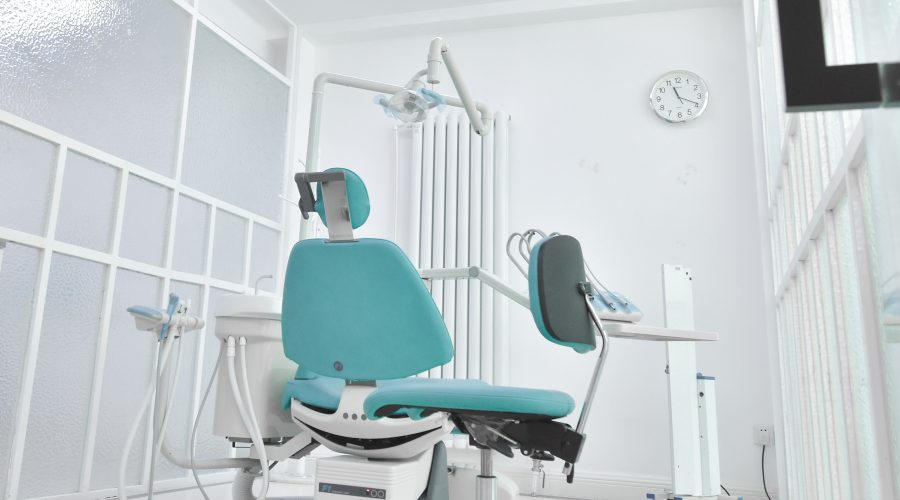Like other industries, dentistry is shifting rapidly according to the latest technological advances. These changes have the potential to not only improve patient results and satisfaction but to redirect the industry into completely new standards of operation. These are some of the biggest trends shaking up dental offices that professionals, patients, and investors can all get excited about.
1. Patient-directed e-commerce
Companies like Warby Parker have already brought prescription healthcare items, such as glasses, online. Now, companies are developing ways to bring traditional dental services to the Internet, too. For example, orthodontics business Candid aims to allow patients to complete the braces process with just one initial dental check — everything else is done by mail and website. Other businesses are taking similar approaches to services like veneers.
Going digital can be much less expensive, and it can give patients a wider choice of providers. It can also accommodate people who might move around frequently for work or who otherwise have trouble getting into a physical dentist’s office.
2. 3-D and holographic imaging
3-D imaging, also known as cone-beam computed tomography, involves taking scans all the way around your mouth, jaw, throat, nose, ears, and throat. It allows dentists to rotate images on the screen and examine a case from all angles. Subsequently, the providers can often better visualize your unique physiology so they don’t miss anything and can plan treatments in more customized ways. It also allows dentists to look at both hard and soft tissues at the same time, and it can help them better educate patients about physical needs and procedures. The technology is already in use, but it will definitely become much more widespread.
A subcategory of 3-D imaging is holographic imaging, which can allow dentists to peel off virtual layers in physical space for measurement or assessment before starting work. Films can be stored with medical records, too, which can save space and money compared to stone or plaster models. Experts have projected that this technology will cross a revenue threshold of $3 billion between 2017 and 2024.
3. Lasers
Lasers can be applied in dentistry for both hard and soft tissue procedures, such as handling cavities, biopsies, teeth whitening, or extractions. They can even be applied for more therapeutic options, such as nerve repair or as an analgesic. They can reduce the anxiety some patients feel from other tools (e.g., drills) as well as produce less pain, bleeding, or swelling.
Lasers can be significantly more expensive compared to other equipment. A standard drill, for example, runs about $600, whereas a laser can cost several thousand dollars or even into six figures, depending on the laser’s capabilities. But as the technology becomes more available, the cost will likely decrease and make more widespread adoption an option in more clinics. As applications become more advanced and expanded, and as laser cutting becomes cleaner and more precise, the American Dental Association will likely start to provide formal approval in addition to the approvals the Food and Drug Administration has already started to offer.
Bonus: Teledentistry
Teledentistry can be basic, with patients and dentists doing physical consultations online. But the real gem is in remote procedures that incorporate robotics. The medical industry already uses visualizations and robotics for certain procedures, such as laparoscopic surgery. Applied to dentistry, a patient in one state or country could sit in a pre-prepared dental chair, and the dentist could control tools through the Internet or other systems to perform the procedure remotely from another state or country. As with e-commerce, robotic teledentistry opens up convenience and provider choice for patients. And while we may not be quite ready for this yet, it’s not as far off as it may seem.
As technology changes, patients and providers have plenty to celebrate
Technology never sits still, and dentistry, like other industries, is transforming as technology evolves. Professionals admittedly still have some big hurdles to overcome with the above trends, such as sorting out how dentists might work across state lines given licensure requirements. Although it might take some time for all of the training, regulatory, production, and funding considerations to come together, the benefits of the above trends should leave dentists and their patients highly optimistic for the future.




